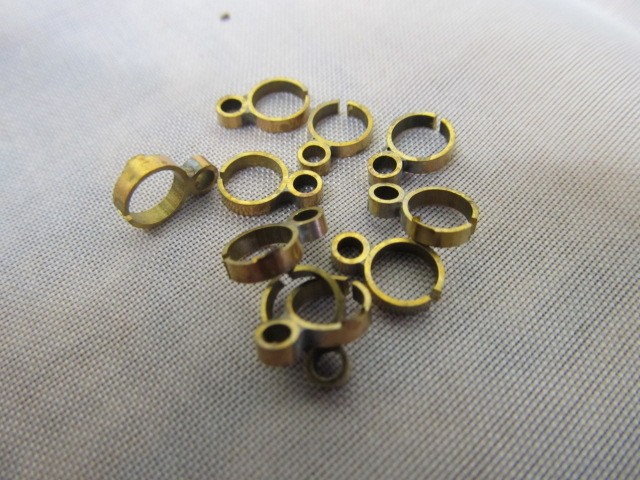Above Deck Parts and Components
Above deck parts and components are crucial in the design and functionality of historic ship models, reflecting the technological advancements and maritime culture of their times. The deck itself serves as the primary working surface and is often adorned with a variety of structures, including the forecastle and quarterdeck. The forecastle, typically located at the front, was traditionally reserved for the crew and contained essential gear for sailing, such as capstans and anchors. The quarterdeck, situated at the stern, served as the command center during voyages and was often a space for navigation and gatherings amongst officers.
Rigging and mast systems are integral features of historic ship models, showcasing the sophistication of maritime engineering. Tall ships boasted multiple masts, each rigged with an intricate web of ropes and sails, which greatly influenced their sailing capabilities. Model makers often pay particular attention to the rigging details, reflecting the skill required to manage these vessels at sea. Additionally, features such as capstans, winches, and pulleys were painstakingly replicated to demonstrate the operation of sails and anchors, revealing the physical labor involved in managing a ship.
Another characteristic feature of historic ships is the ship’s wheel and compass, located near the stern, allowing captains to steer a course with precision. Models often highlight the craftsmanship of these elements, showcasing carved wood and metalwork that was prevalent in shipbuilding eras. Additionally, one cannot overlook the presence of lifeboats and various storage areas, which were essential for safety and provisions during long voyages. Overall, the above-deck components of historic ship models not only narrate the ship’s operational capabilities but also serve as a testament to the artistry and ingenuity of historical shipbuilding practices.












